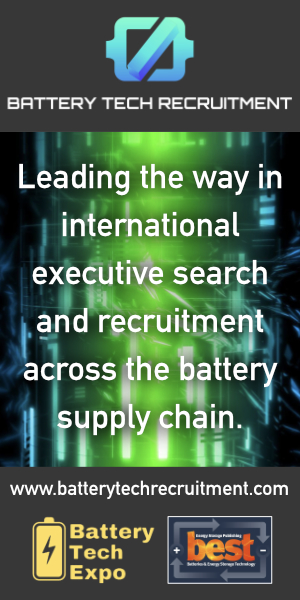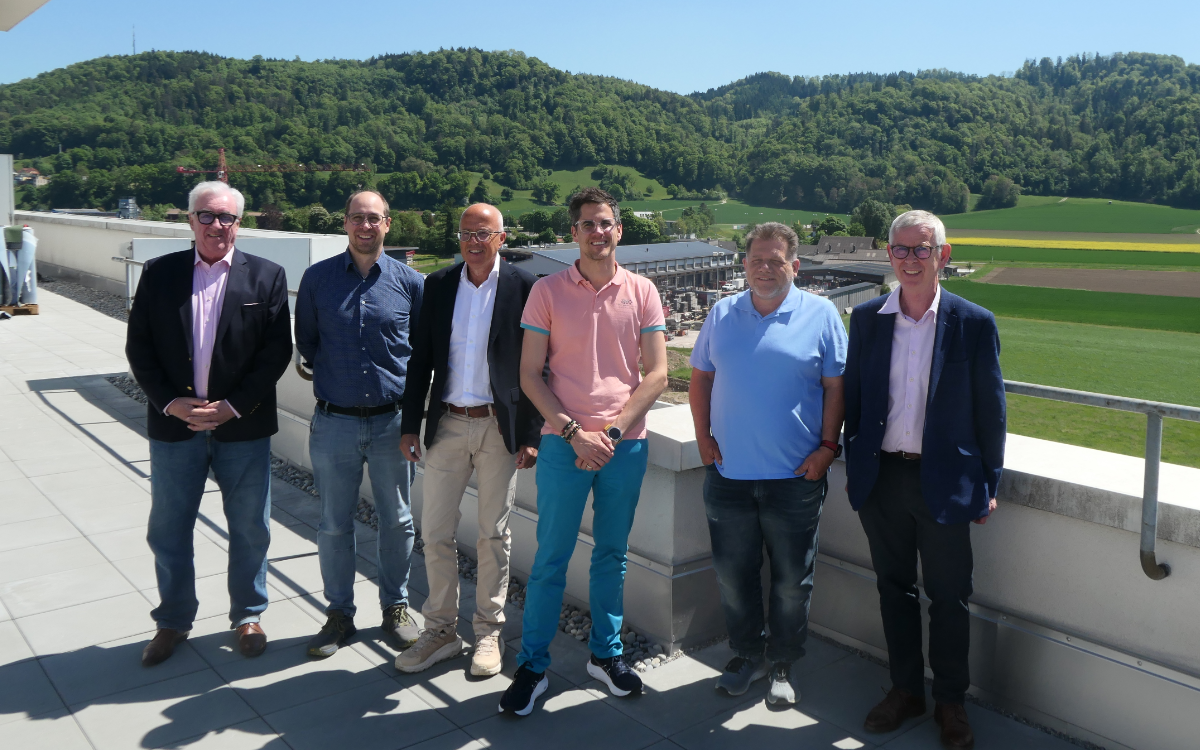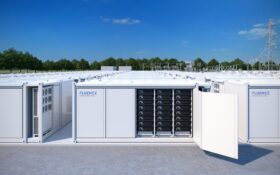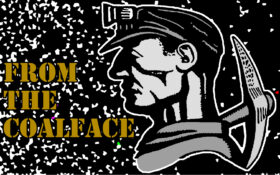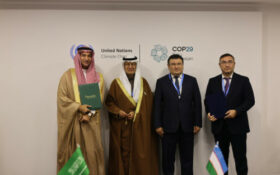The Editor makes his second visit to the Middle East this year to attend the 3rd Israeli Power Source meeting.
Days before I faced the meticulous scrutiny of El Al's security in order to attend Shmuel De-Leon's 3rd Israel Power sources meeting, I was packing my suitcase in San Francisco and half watching the kind of documentary you only get on PBS. It was all about Bronislaw Huberman. Who? I hear batterymen uttering.
It was a name I was faintly aware of only because my father had been a violinist, but not in . . .
to continue reading this article...
Sign up to any Premium subscription to continue reading
To read this article, and get access to all the Premium content on bestmag.co.uk, sign up for a Premium subscription.
view subscription optionsAlready Subscribed? Log In


